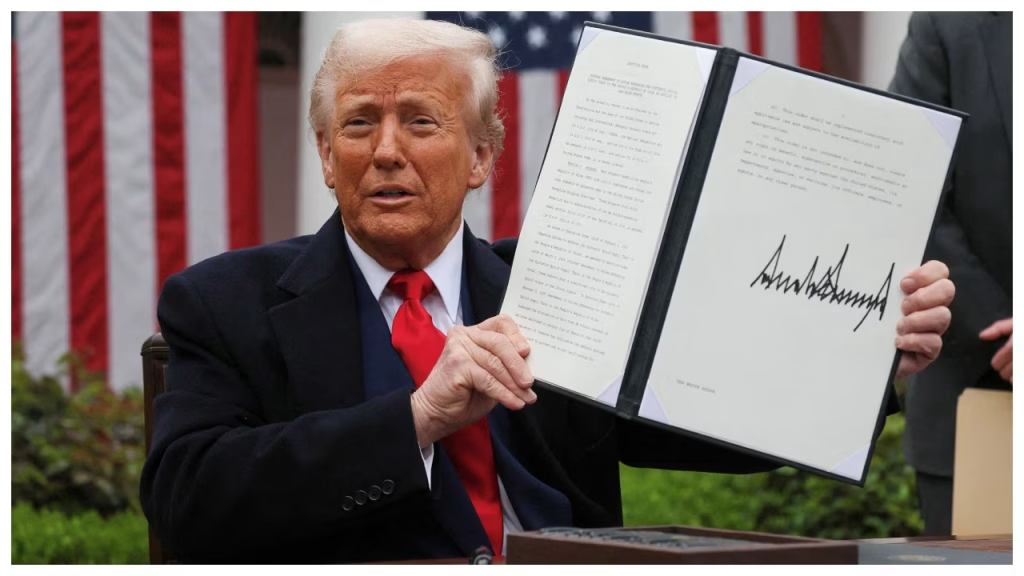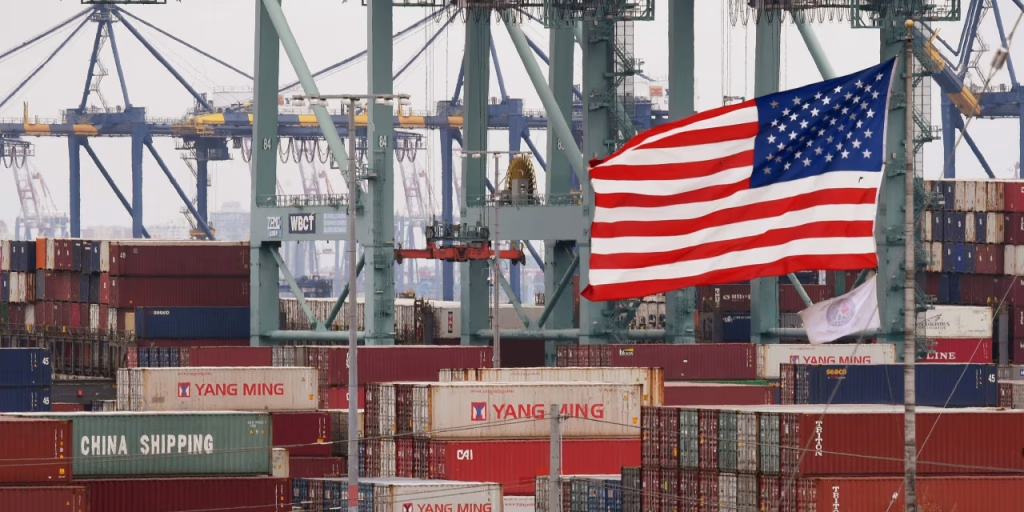In a bold move that further escalates global trade tensions, U.S. President Donald Trump announced Friday that tariffs on imported steel and aluminum will be raised from 25% to 50%. Speaking at a rally in Pennsylvania, Trump said the decision aims to “further secure the steel industry in the United States” and preserve American jobs.
“We are going to be imposing a 25% increase,” Trump declared to a crowd just outside Pittsburgh. “We’re going to bring it from 25% to 50% — the tariffs on steel into the United States of America.” The new tariffs will also apply to aluminum products and are scheduled to take effect on Wednesday.

The announcement came during Trump’s visit to U.S. Steel’s Mon Valley Works, a historic plant symbolizing both the strength and decline of America’s industrial heartland. The location wasn’t random—Pennsylvania is a critical battleground state in the upcoming election, and steel jobs remain a key political issue.
The policy shift coincides with a major $14.9 billion acquisition agreement between Japan’s Nippon Steel and U.S. Steel, a deal Trump touted as a win for American workers.
Following the announcement, shares of U.S. steelmaker Cleveland-Cliffs Inc surged by 26% in after-hours trading, with investors betting on higher profits due to reduced foreign competition.

However, the reaction from international allies was swift and critical. Canada’s Chamber of Commerce condemned the move as “antithetical to North American economic security.”
“Unwinding the efficient, competitive and reliable cross-border supply chains like we have in steel and aluminum comes at a great cost to both countries,” said Candace Laing, President of the Canadian Chamber.
Australia’s government also weighed in, calling the tariff hike “unjustified and not the act of a friend.” Trade Minister Don Farrell warned that the policy would “only hurt consumers and businesses who rely on free and fair trade.”

The new tariffs fall under Section 232 of U.S. trade law, which permits tariffs on the grounds of national security. They cover both raw metals and derivative goods such as air conditioner coils, stainless steel sinks, aluminum frying pans, and steel hinges.
In 2024, the United States imported approximately 26.2 million tons of steel, making it the largest steel importer globally outside the European Union. According to the U.S. Census Bureau and International Trade Commission, the combined value of the 289 tariffed product categories stood at $147.3 billion—two-thirds aluminum, one-third steel.

This latest tariff hike mirrors Trump’s aggressive trade posture during his first term, particularly his 2018 tariffs on $50 billion worth of Chinese goods. And with a possible second term in the White House on the horizon, the move sends a clear message: Trump intends to lean hard into protectionist policies.
While the tariffs aim to strengthen domestic industry, they are also expected to raise prices across multiple sectors, affecting both manufacturers and consumers. Critics argue the move could strain relationships with key allies and disrupt global supply chains.
Still, for Trump and his supporters, it’s a calculated risk—one they believe will pay off by energizing the Rust Belt base and reigniting American industrial power.
Discover more from Scoop Hub
Subscribe to get the latest posts sent to your email.

